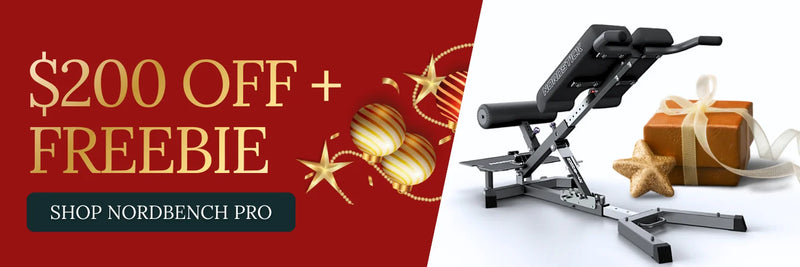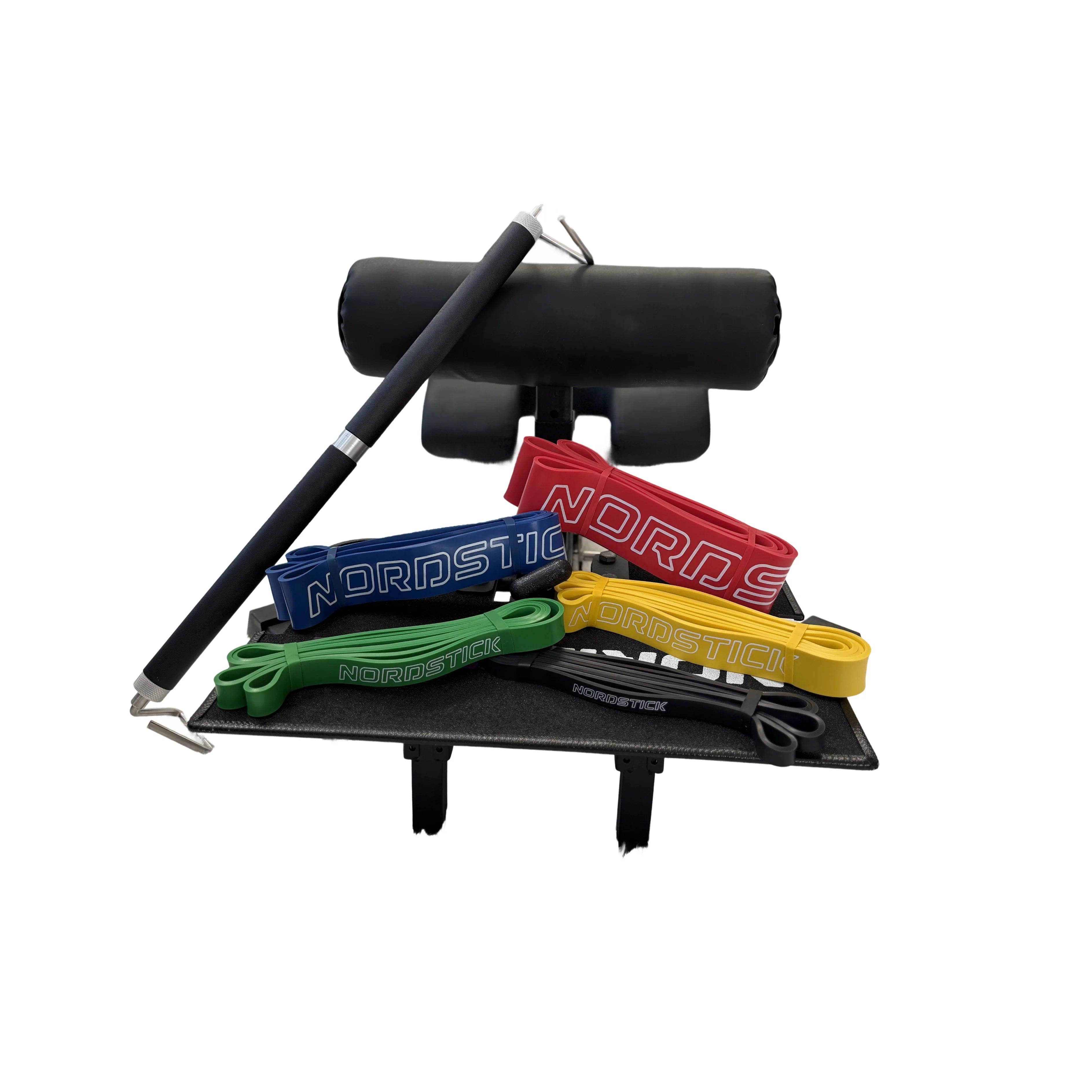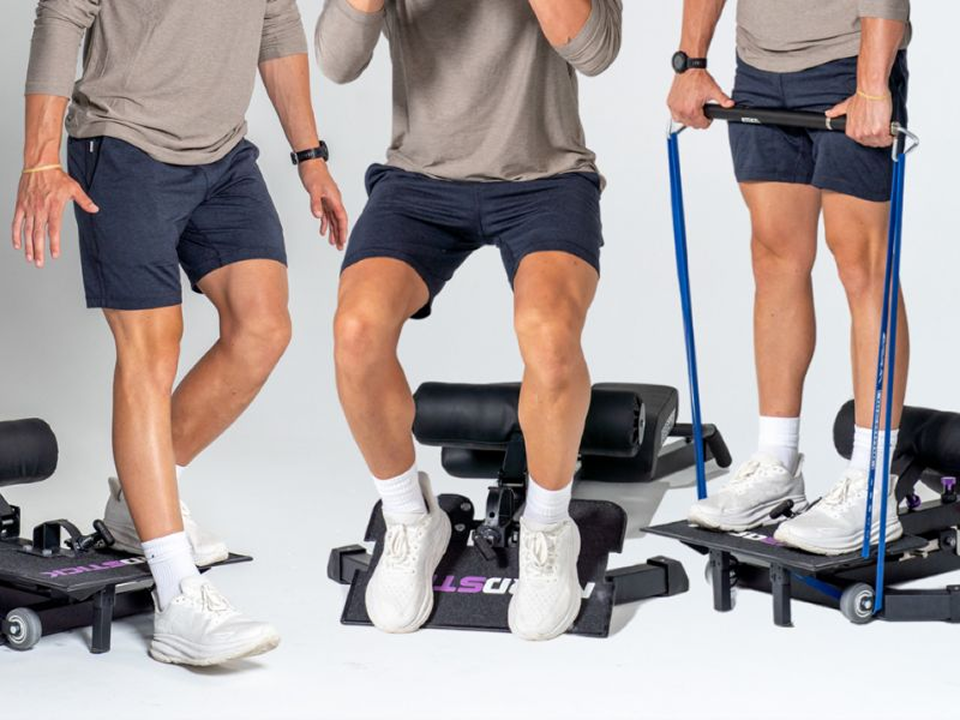Hockey players know that explosive power, speed, and agility are key to success on the ice. Whether you’re weaving through defenders, delivering a powerful shot, or digging into corners, your body needs to be primed for multi-directional speed and strength. This training for hockey program will guide you through an expert-backed workout designed to help you move faster, hit harder, and stay injury-free.
Let’s dive into a hockey-specific workout you can do at home, focusing on exercises tailored to mimic the demands of the game and enhance your on-ice performance.
Why Strength and Speed Matter in Hockey

Strength and speed aren’t just about brute power—they’re about optimizing movement patterns, improving endurance, and preventing injuries. Here’s what a well-rounded hockey training program can do:
Build Functional Strength: Train muscle groups used in skating, shooting, and checking.
Enhance Skating Speed: Improve explosive power for quick starts and long strides.
Boost Injury Prevention: Strengthen stabilizers to avoid common knee and hip injuries.
Maximize Endurance: Conditioning workouts prepare you for the relentless pace of a game.
To learn how to structure a workout for maximum results, read How to Structure Your Workouts for Maximum Results.
Warm-Up (5-7 Minutes)
Prepare your body with these dynamic stretches to activate key muscle groups and reduce the risk of injury:
- Leg Swings: 15 per leg.
- Arm Circles: 30 seconds forward, 30 seconds backward.
- Dynamic Lunges: 10 per leg.
- High Knees: 1 minute.
Hockey-Specific Strength and Speed Workout
1. Rear Foot Elevated Squat
 How to Do It: Anchor the NordBar to your rack. Place one foot behind you on the bar and squat with your front leg.
How to Do It: Anchor the NordBar to your rack. Place one foot behind you on the bar and squat with your front leg.
Reps/Sets: 3 sets of 10 reps per leg.
Benefits: Builds unilateral strength and stability, mimicking the single-leg power needed for skating.
2. Back Extensions
How to Do It: Adjust the NordBench to support your hips, then lower and lift your upper body while keeping your core engaged.
Reps/Sets: 3 sets of 12 reps.
Benefits: Strengthens the lower back and glutes, which are vital for skating posture and explosive strides.
3. Sit-Ups
How to Do It: Lie on the Yoga Ball with your feet planted. Perform controlled sit-ups.
Reps/Sets: 3 sets of 15 reps.
Benefits: Improves core stability for better balance and control on the ice.
4. Landmine Squat

How to Do It: Hold the landmine bar at your chest and squat deeply, keeping your back straight.
Reps/Sets: 3 sets of 10 reps.
Benefits: Builds total lower-body strength, enhancing your skating stride and stability during physical play.
Read more about landmine training here: Upper Body Landmine Training Guide.
5. Pallof Press
How to Do It: Anchor the OmniBands at chest height. Press the band straight out while resisting rotation.
Reps/Sets: 3 sets of 12 per side.
Benefits: Strengthens your core, enhancing stability during sharp turns and checks.
6. Tall Plank Wipers
How to Do It: In a tall plank position, slide your feet side to side using the Multi Slider.
Reps/Sets: 3 sets of 12 reps.
Benefits: Builds core endurance, critical for maintaining posture during games.
7. Cossack Lunges
How to Do It: Perform side lunges while using the Multi Slider for smooth motion.
Reps/Sets: 3 sets of 10 reps per side.
Benefits: Increases hip mobility and lateral strength, both essential for quick lateral movements.
Cool Down (5 Minutes)
End your training with stretches to enhance recovery and flexibility:
- Figure Four Stretch: Hold for 30 seconds per side.
- Child’s Pose: Hold for 1 minute.
- Cat-Cow Stretch: 5 reps.
- Hamstring Stretch: 30 seconds per leg.
Related Reads for Enhanced Hockey Strength Training
A Comprehensive Guide to Landmine TrainingLower Body Landmine Training Guide
FAQs for Hockey Players

What is the best way to train for hockey?
The best way to train for hockey involves a mix of strength, speed, and conditioning exercises that target major muscle groups and mimic game-day movements. Off-ice training, like the program above, is essential for maximizing on-ice performance.
What training is needed for hockey?
Hockey training includes strength training, speed development, and conditioning work. Exercises that improve agility, balance, and explosive power are crucial for success.
How do hockey players get so big?
Hockey players build muscle through a combination of heavy strength training, proper nutrition, and recovery. Emphasis is placed on functional strength rather than hypertrophy alone.
What is the most important muscle for hockey?
The glutes and core are the most critical muscle groups for hockey. They drive skating power, maintain stability, and prevent injuries during rapid changes of direction.
With this expert-backed hockey training program, you’ll build the explosive strength and speed you need to dominate the ice. Incorporate these workouts into your routine, and you’ll see improvements in your skating speed, agility, and on-ice performance.









































Leave a comment
This site is protected by hCaptcha and the hCaptcha Privacy Policy and Terms of Service apply.